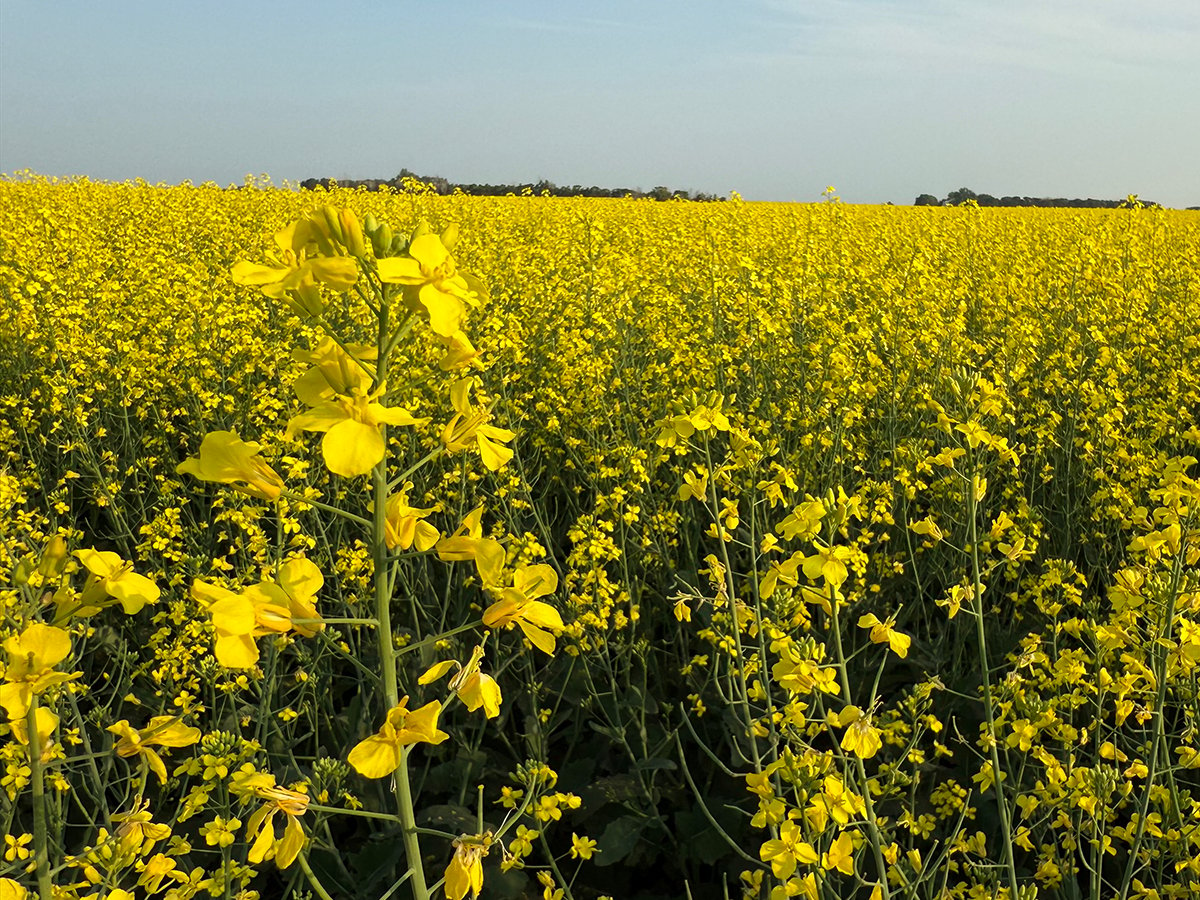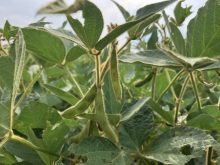‘Providing choices’ | Chemical and seed companies say farmer education is vital in efforts to avoid herbicide resistance
A minority of weed experts may think stacked traits will create more problems than solutions, but most scientists believe it is just another tool to battle weed resistance, says a DowAgroSciences spokesperson.
Mark Peterson, global biology team leader for Dow’s Enlist technology, which stacks 2,4-D tolerance on top of glyphosate tolerance, said growers should consider a number of approaches to slow the development of herbicide resistant weeds, including tillage and crop rotation.
Nonetheless, he said it doesn’t make sense to stymie a new technology such as stacked traits because growers need every possible tool to combat weeds and weed resistance.
Read Also

Canola council cuts field agronomy team
The Canola Council of Canada is cutting its agronomy team as part of a “refreshed strategic framework.”
“Growers use herbicides for good reasons … the effectiveness and efficiency,” Peterson said.
“If we withhold new technologies, what will happen? Well, they (growers) will migrate from one existing herbicide to the next and continue to put increasing selection pressure on the herbicides we have…. Over time, they will burn out the herbicides they have available to them.”
Critics have said weeds will overcome stacked traits in five to 10 years, which will lead to super weeds that withstand a cornucopia of chemical applications.
The incredibly high adoption of glyphosate tolerant crops has certainly caused a few challenges, but growers will soon have more options when it comes to herbicide tolerance, Peterson said.
“As we move into what I would call the next generation of herbicide tolerant crops, there are a variety of systems that are coming into the marketplace,” he said.
“You’re not going to see that level of market share dominance by a single system or a single company like we did for the past 10 to 15 years.”
Peterson said canola is a good example of how market choices can reduce weed selection pressure because growers have used a variety of herbicide tolerant systems.
“What has occurred in Western Canada is a good model for how things can be put in place, in terms of diversity of products and technology available, as well as a diversification of cropping systems,” he said.
Stephen Yarrow, CropLife Canada’s vice-president of plant biotechnology, also rejects the idea that stacked traits will be a short-term fix. The technology should be sustainable for many years if industry and extension personnel can educate growers on proper management, he said.
“It’s about providing choices to farmers and tied into that … the education part about raising awareness,” he said.
“When the seed is being sold through the dealerships, we want to try raising awareness to the grower about how to use these tools responsibly. That sounds a bit lectury, but it’s just about what is the best way of using them and what options are out there for other means of controlling weeds.”
Yarrow also questioned the validity of a study done by Charles Benbrook of Washington State University that suggested genetically modified crops have increased pesticide use over the last 15 years.
“He’s mischaracterized that. He’s saying that insecticide levels have perhaps gone down … but on the herbicide the levels have gone up,” Yarrow said.
“But there’s other research going on out that there that is very convincing, that states that it’s not the case.”
He also said stacked traits are not a panacea because growers will need other methods and tools to prevent weed resistance to herbicides.
However, Weed Science Society of America (WSSA) president Rod Lym said farmers are often reluctant to adopt alternative practices.
He said producers use herbicide tolerant crops and herbicides because they are an easy and effective way to kill weeds. Convincing farmers to prudently manage the technology hasn’t been easy, he added.
“That’s the way society operates…. In the farmer’s case, you (choose) what is the most cost effective. If integrated (weed) management was the most cost effective, that’s what they would do,” said Lym, a plant sciences professor at North Dakota State University.
“We’ve told people hundreds of times, rotate your herbicides, don’t let resistance get started, but they don’t do it because it’s cheaper to spray Roundup.”
The WSSA doesn’t have a position on stacked traits but scientists within the society are debating the issue, Lym said.
However, he said scientific discussion and research papers are inconsequential at the end of the day because producer choices and behaviour will determine if stacked herbicide tolerance is sustainable or not.
“It’s really what the land manager or farmer ends up doing that makes the difference,” he said.
“We can debate it as a society … but it’s the land managers we have to convince. We haven’t done a very good job of that with Roundup resistance.”

















